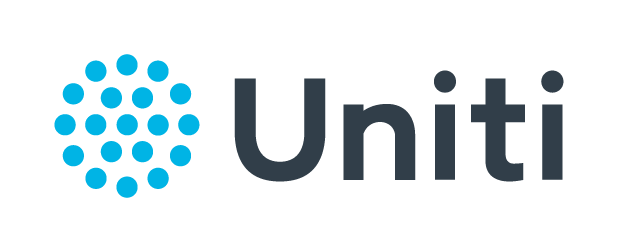Wrenn Landers:
I’m here today to talk about our [Uniti Fiber] storm response. Recently, Hurricane Helene, a Category 4 storm, swept through the Big Bend area. The southeastern corner of Georgia took the brunt of the damage, and we quickly mobilized our Georgia team to develop a plan to rebuild the network—which we are actively doing. We’re about five days into the restoration process, and things are progressing smoothly. We are approximately 85% restored, and I couldn’t be prouder of the professionalism and dedication our team brings to these efforts. They set the standard for excellence in the industry, and we’re not just looking for quick fixes.
We’re making strategic moves while the restoration is underway—not only to repair the circuit and get customers back online but also to reinforce and harden the affected communities. This ensures that the next time a Category 4 storm strikes these smaller rural areas—without the robust infrastructure of large metropolitan cities—they’ll be better prepared. This storm is a prime example of our approach. Recently, we completed a fiber path through the Big Bend area, exactly where Hurricane Helene made landfall. Our network remained operational throughout the storm.
One of the key lessons we’ve learned is the importance of how we build and protect critical infrastructure. At Uniti, we’ve taken the initiative to construct these facilities ourselves. Over the past four years, we’ve built seven critical facilities along this path. This continuity—from construction to operations and maintenance—creates exceptional value and yields a highly resilient infrastructure and circuit.
That’s the same approach we’re bringing to Georgia. We’re committed to building hardened facilities for our equipment, ensuring that we deliver the same high level of service. We act quickly to identify challenges and integrate solutions into our daily operations and network designs. I believe this ability to respond and adapt swiftly is a key differentiator. I don’t know of any other company in the industry that can respond and implement changes as efficiently as we do.
While we’ve discussed the technical side—how these events affect our network and teams—it’s essential to highlight the human aspect. These storms profoundly impact not just our operations but also our people. However, they also present an opportunity to connect with our employees, customers, and the communities we serve. At the end of the day, it’s about the people.
In addition to fortifying our network, we walk away from these experiences with a stronger sense of community. We understand the network and the environment it operates in, especially during crises like these. That knowledge drives us to come to work every day with a focus on setting ourselves apart as the premier network provider that these communities—particularly along the Gulf Coast—deserve in challenging times.
*The testimonial transcript has been edited from the original video content to provide an improved reading experience.




